Zeegrasherstel in de Waddenzee
Ooit kende Nederland uitgestrekte zeegrasvelden en een bloeiende zeegrasindustrie. De planten werden gebruikt voor dijkversteviging, matrasvulling, isolatiemateriaal of bemesting. Door ziekte, de Afsluitdijk, vermesting en verstoring is dit groot zeegras (Zostera marina) grotendeels verdwenen. En daarmee verdween ook een bijzonder ecosysteem. Want zeegras is een belangrijke plant in de Waddenzee en in soortgelijke ondiepe kustzeeën, overal ter wereld. Het gras houdt de bodem vast, dempt golfslag en biedt voedsel en bescherming voor allerlei dieren.
Marien ecoloog Laura Govers doet bij de RUG en het NIOZ onderzoek naar zeegrasherstel. Bij het eiland Griend boekte zij succes met het uitzetten van jonge zeegrasplantjes, die aansloegen en zich inmiddels vermeerderd hebben tot bescheiden nieuwe zeegrasveldjes. In opdracht van de RUG maakte Eddo Hartmann voor de serie Collective Landscape foto's over het onderzoek van Laura Govers.
Deze serie is ook verschenen in de online herfsteditie 2023 van alumnimagazine Broerstraat 5.
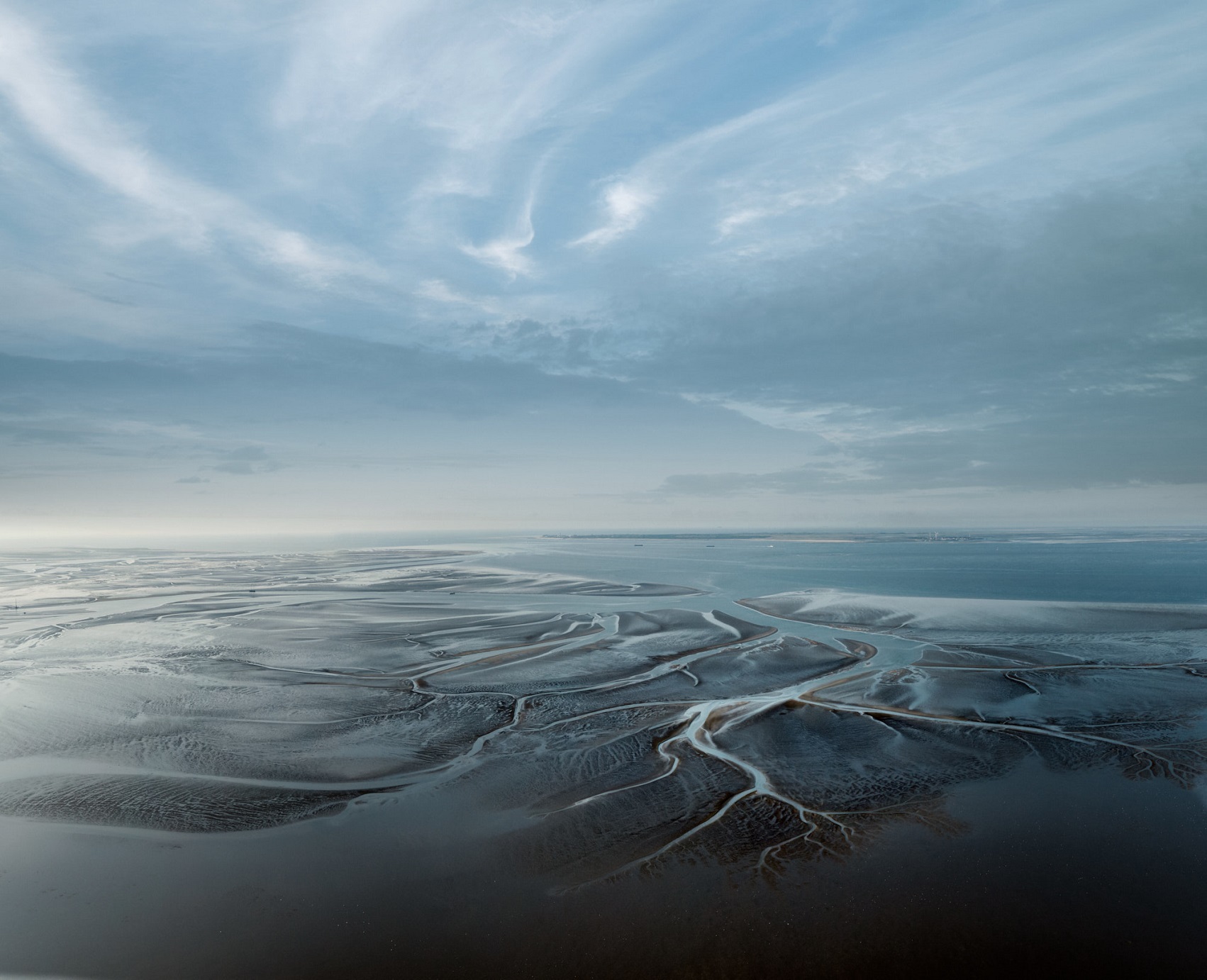
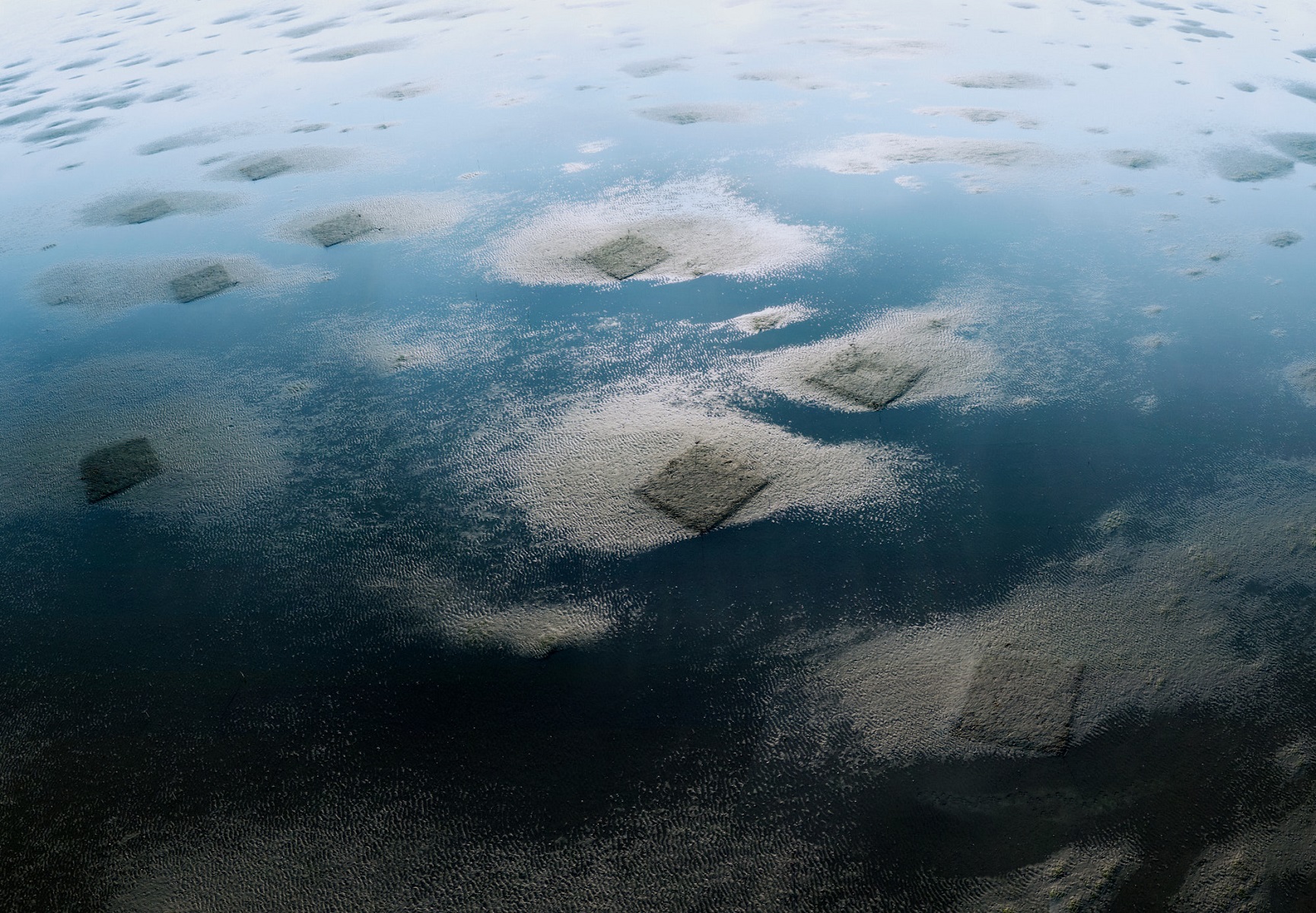
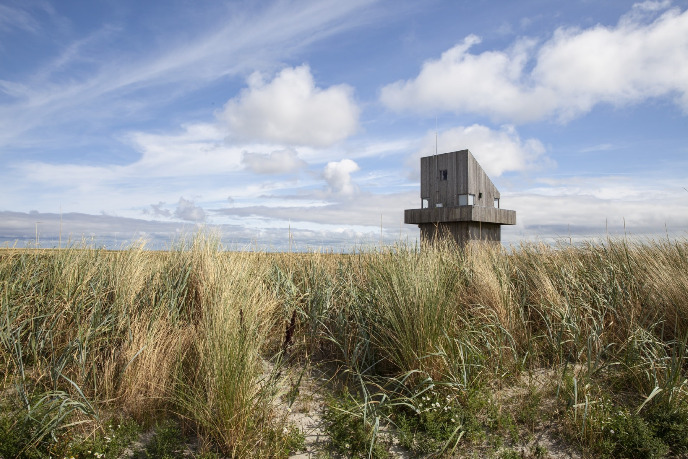
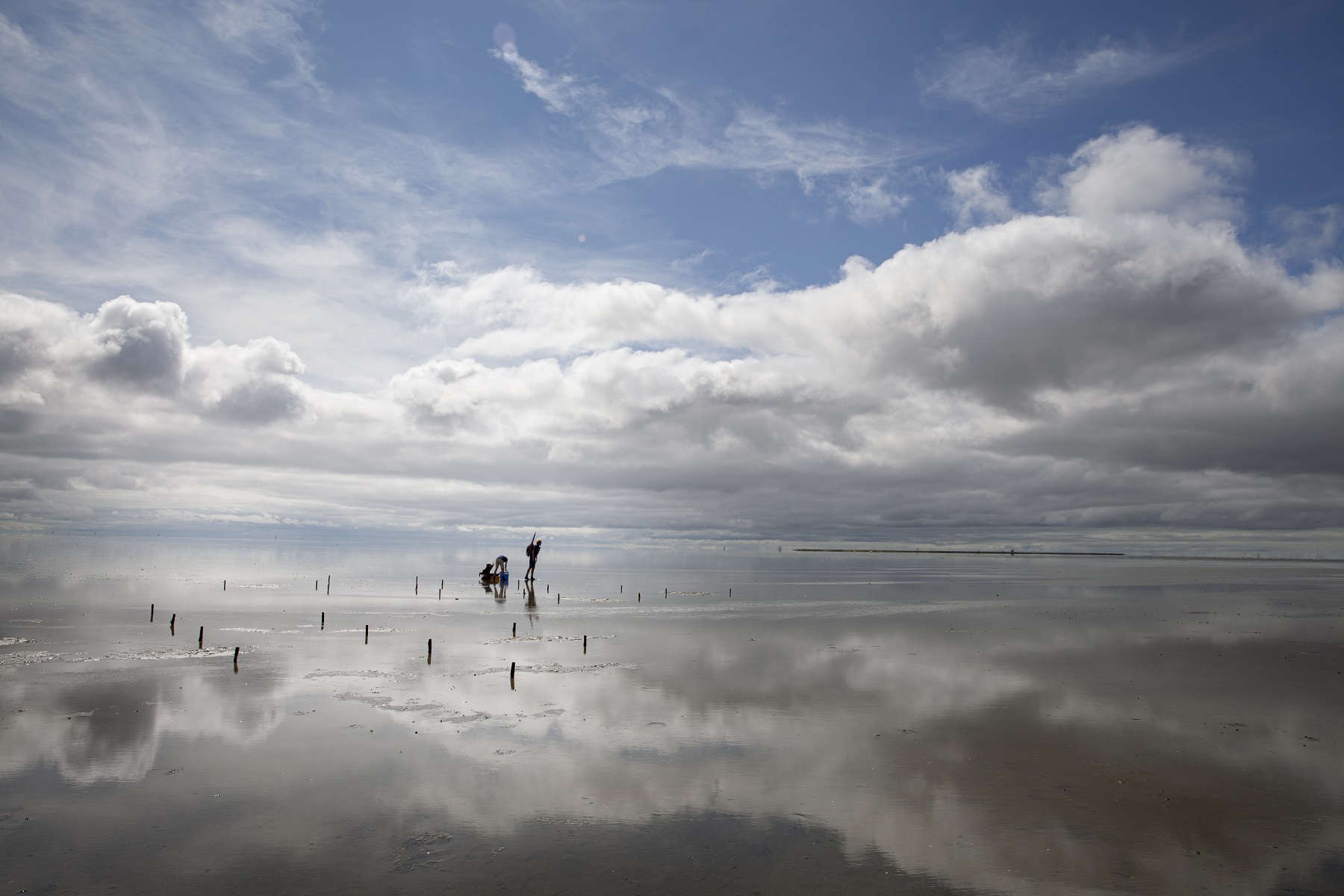
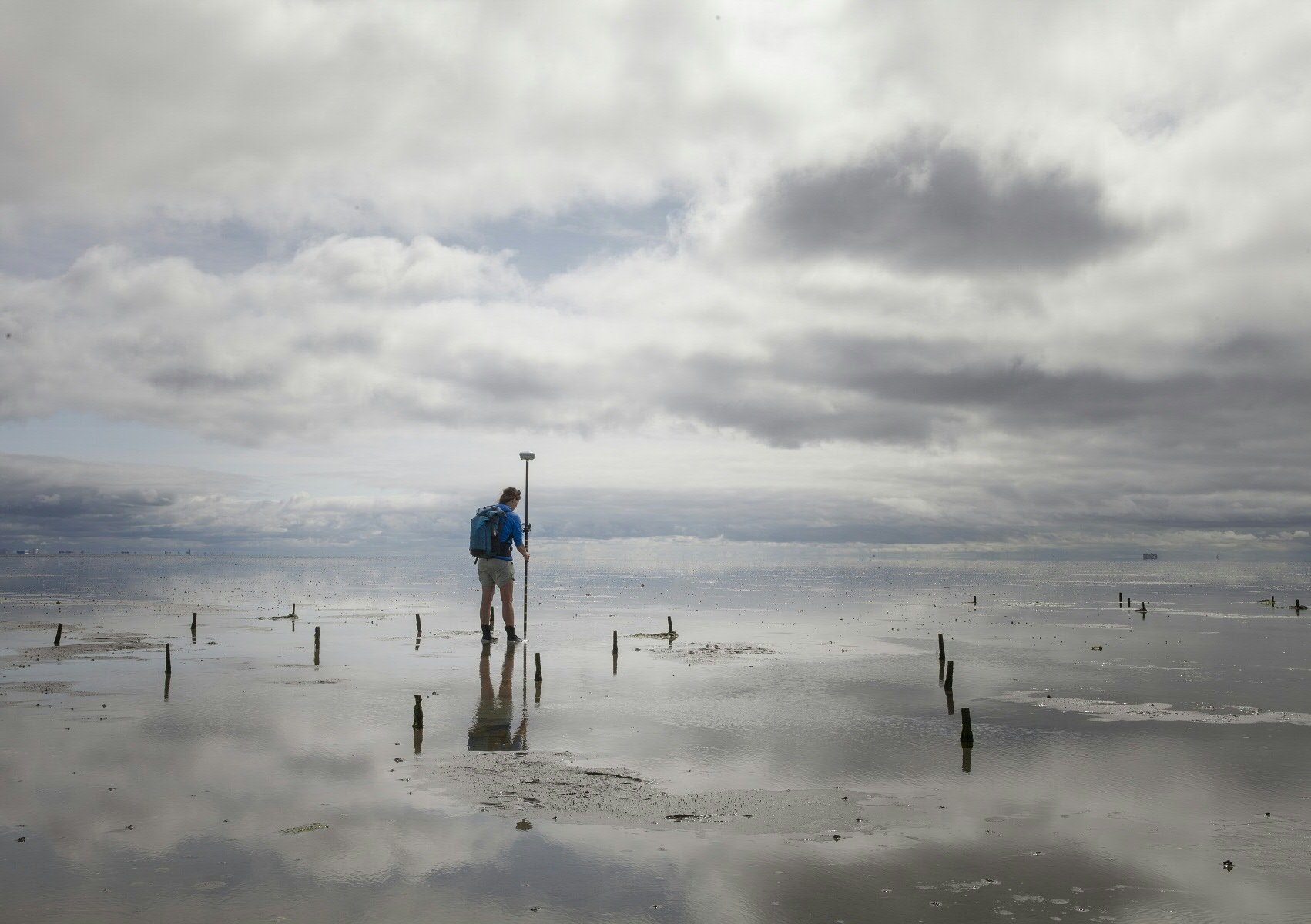
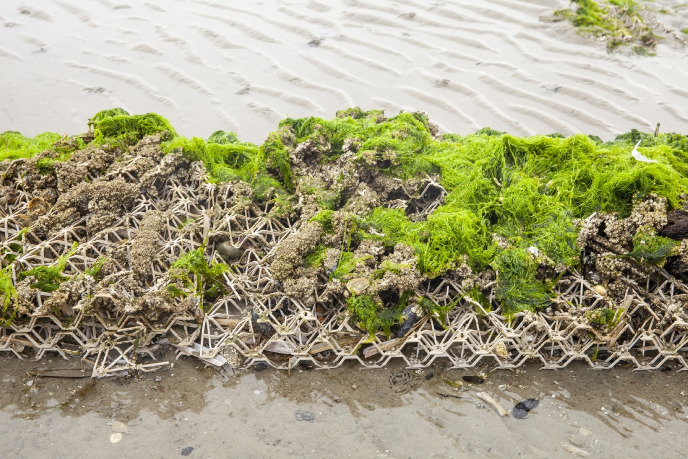
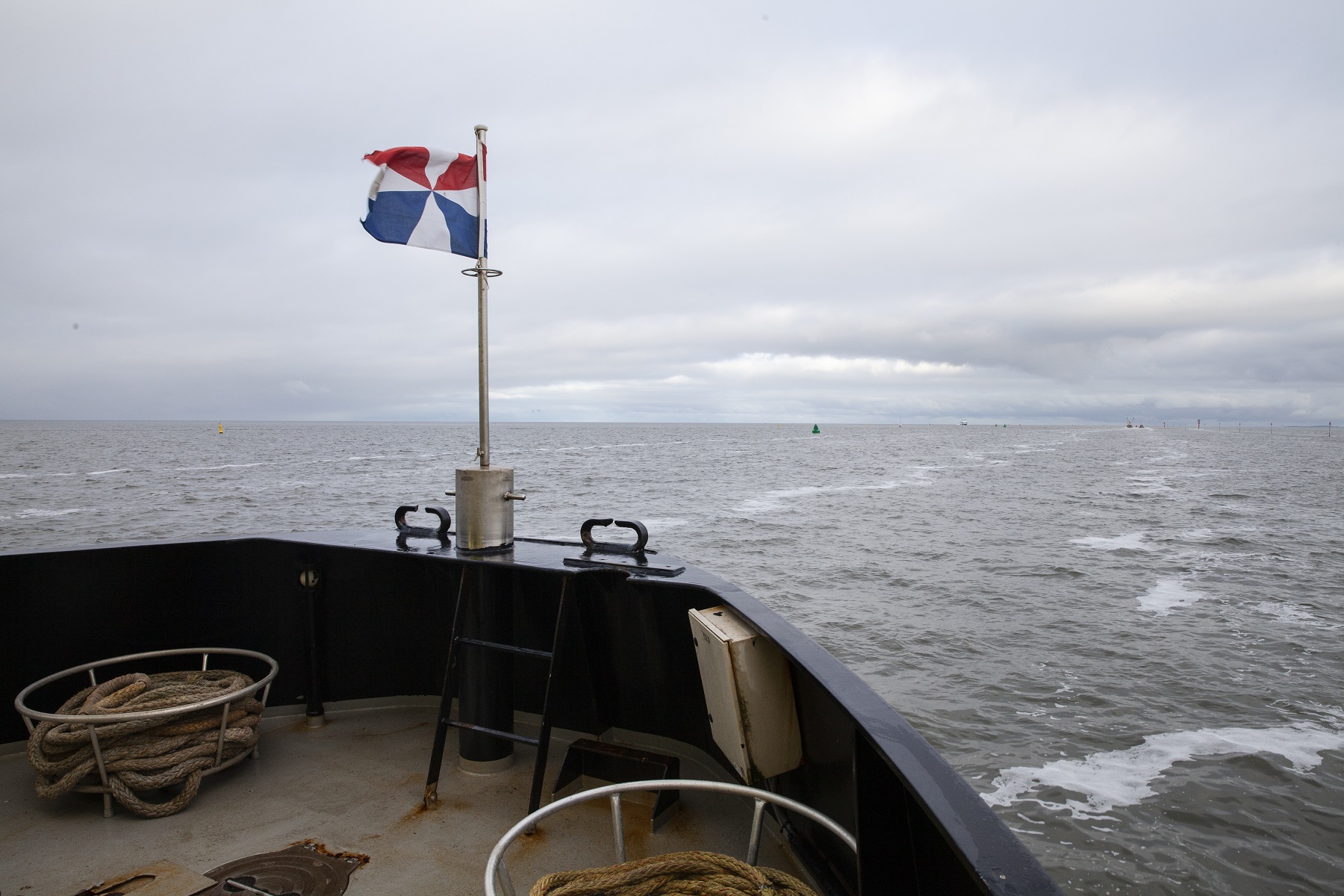
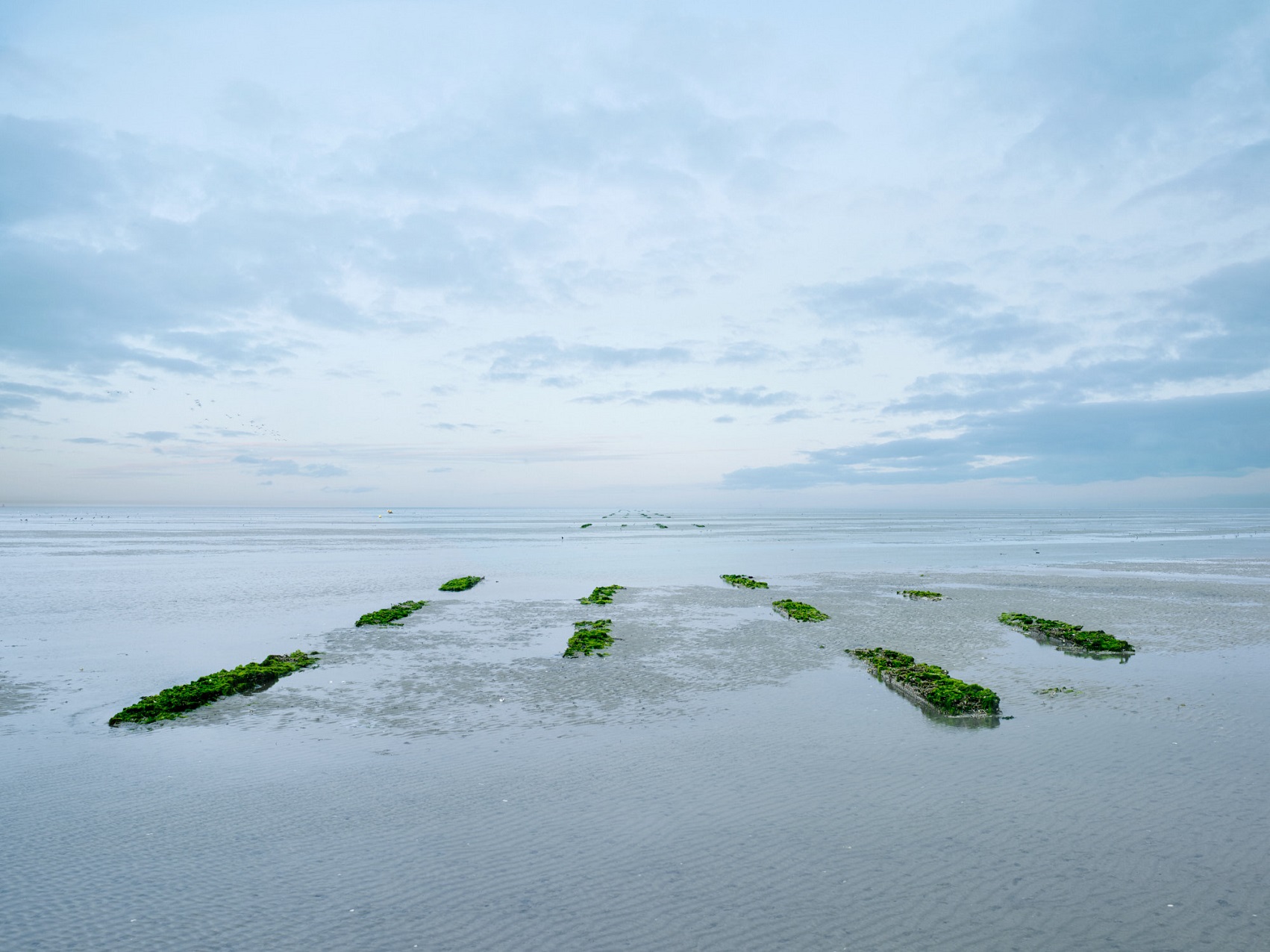
Meer nieuws
-
11 december 2025
Stormachtige planeten en een onverwachtse atmosfeer
-
09 december 2025
Faculty of Impact Grant voor nieuwe behandeling hersenkanker
